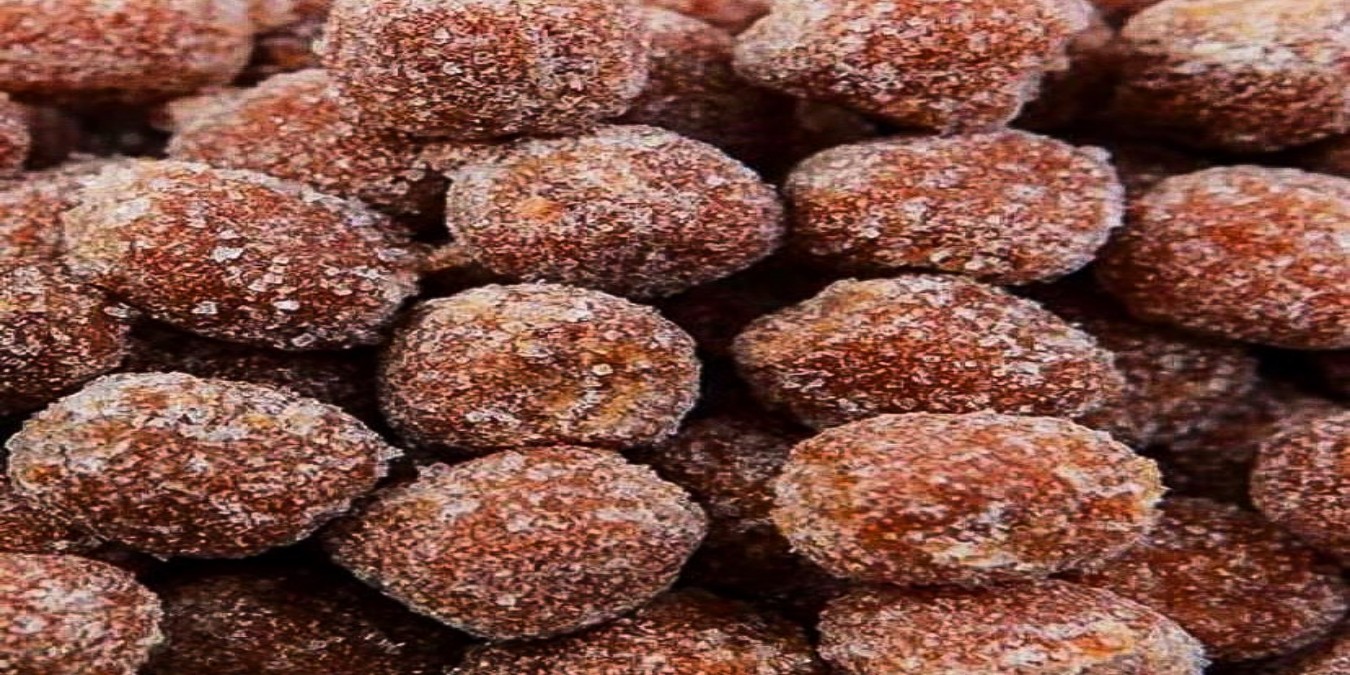Tamarind balls are one of the most popular local sweets in Trinidad and Tobago, tracing their origins back to Indian indentured labourers who arrived on the islands in the 19th century (starting in 1845). Tamarind itself is native to Africa but became widespread across Asia and the Caribbean during the colonial era.
In Trinidad and Tobago, the tamarind tree thrived, and its sour-sweet pulp was quickly adopted into local cooking and snacking. Indentured Indians used tamarind pulp in chutneys and sauces, but also began rolling the pulp with sugar (sometimes pepper) to create an easy, tasty, and long-lasting treat. This became the tamarind ball.
By the mid-20th century, tamarind balls had become a staple in schoolyards, corner shops, and roadside stalls, offering an affordable sweet-and-sour candy that was loved by children and adults alike. The treat often carried a spicy kick, as locals added hot pepper for that extra Caribbean flair.
Today, tamarind balls remain a beloved snack in Trinidad and Tobago, often sold in small plastic bags or jars, symbolizing a fusion of African, Indian, and Creole culinary traditions.
- Photo captured by @mytrinibox


Comments